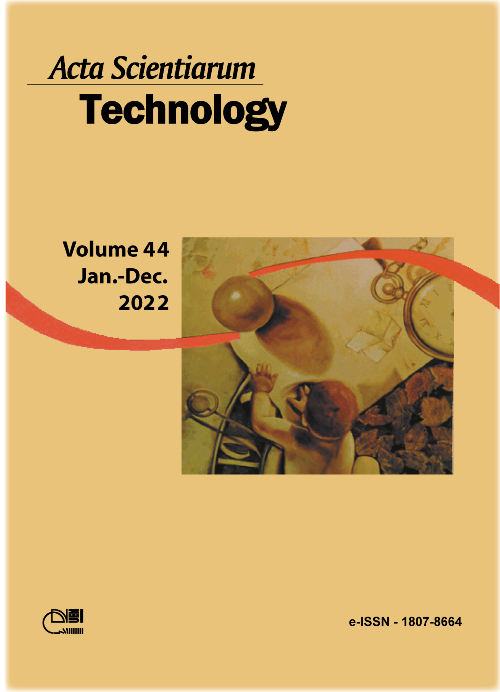Subjective evaluation of floor impact noise using the tapping machine and a non-standardized source
DOI:
https://doi.org/10.4025/actascitechnol.v44i1.59025Keywords:
Building acoustics; impact noise insulation; noise control; impact source; subjective evaluation.Abstract
Assessing the acoustical performance of building floor systems relies on the impact source to be utilized and on the type of floor cover used. Besides that, a reliable assessment should consider the listeners´ judgments of the sounds transmitted through floors or radiated by them. Objective ratings measured can help to foresee tenant satisfaction provided that they are well correlated with the listeners´ judgments. The main objective of this study was to compare objective and subjective evaluations, using two types of impact sources and two types of floor covers, to try and determine which objective variables could be used to predict subject evaluation and to validate the use of an alternative impact source to be used in more realistic measurements. An objective evaluation was carried out employing impact noise insulation measurements according to ISO 10140:2010, evaluating different types of floors, resilient materials, and impact sound sources (a standardized tapping machine and a calibrated tire). In the analysis of the measured samples, several parameters were evaluated according to the sound source used. Simultaneously, "sound samples" were recorded to be used in a subjective evaluation based on the judgments of 29 listeners about the Noise Annoyance and the Loudness Sensation in response to the two impact sources. The magnitude estimation method was used. Results demonstrate that tapping machine measurements correlate very well with the subjective evaluation measurements and the calibrated tire presents well-correlated results in a specific measurement set-up. In addition, linear regression analysis of the objective and subjective variables shows alternative single number quantities for ratings of impact noise insulation
Downloads
References
Downloads
Published
How to Cite
Issue
Section
License
DECLARATION OF ORIGINALITY AND COPYRIGHTS
I Declare that current article is original and has not been submitted for publication, in part or in whole, to any other national or international journal.
The copyrights belong exclusively to the authors. Published content is licensed under Creative Commons Attribution 4.0 (CC BY 4.0) guidelines, which allows sharing (copy and distribution of the material in any medium or format) and adaptation (remix, transform, and build upon the material) for any purpose, even commercially, under the terms of attribution.
Read this link for further information on how to use CC BY 4.0 properly.











8.png)




